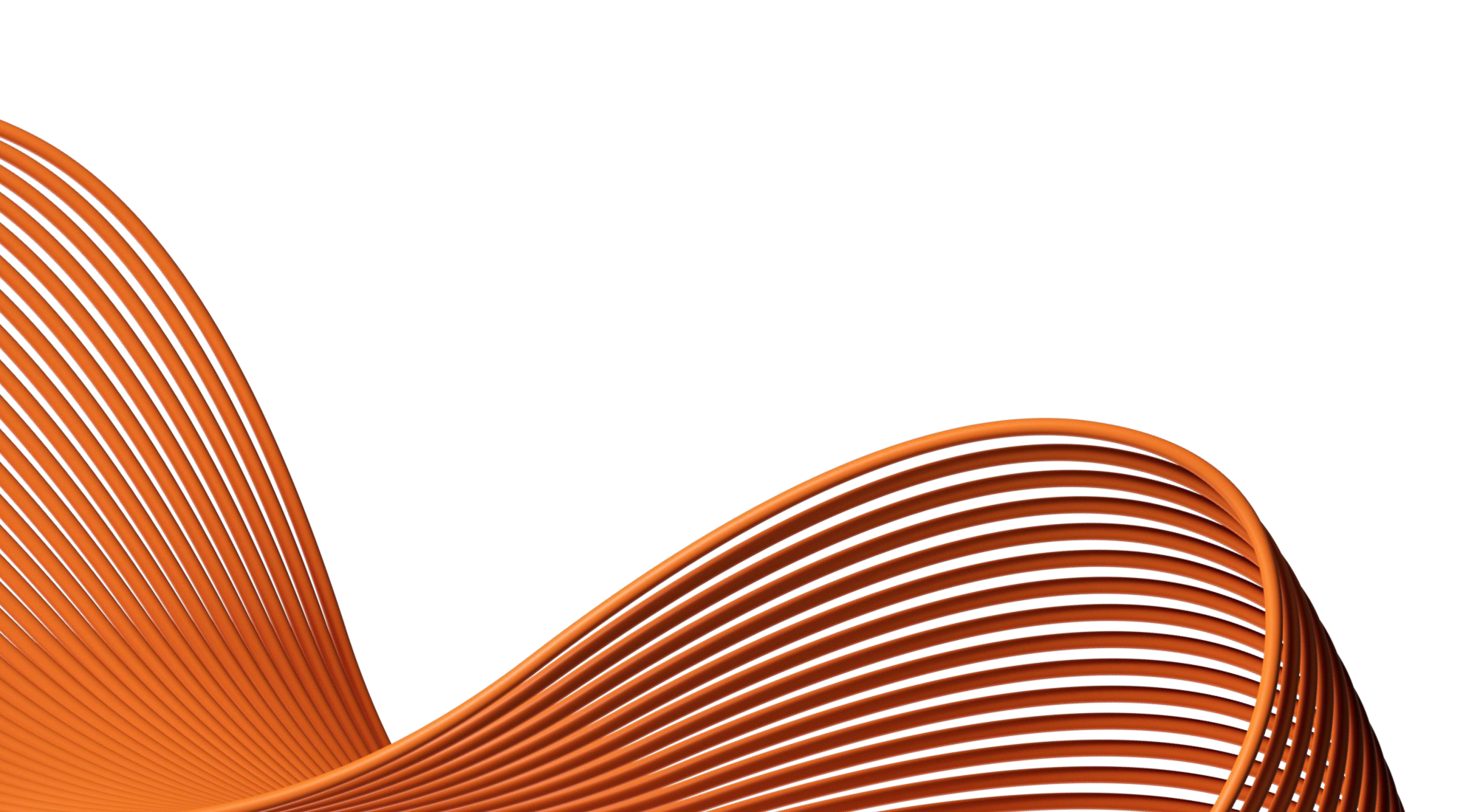- Our Products
- Upper Extremity
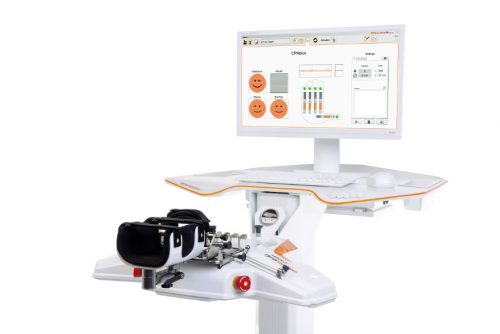 Amadeo Finger-Hand-Rehabilitation
Amadeo Finger-Hand-Rehabilitation
Amadeo is giving hands back their grip and fingers their finesse. Patients who are barely able or unable to grasp can perform hundreds of robot-assisted grasping movements. It won’t train a new Mozart. But it will help patients return to the piano, handwriting Christmas cards, and grabbing life firmly by the horns.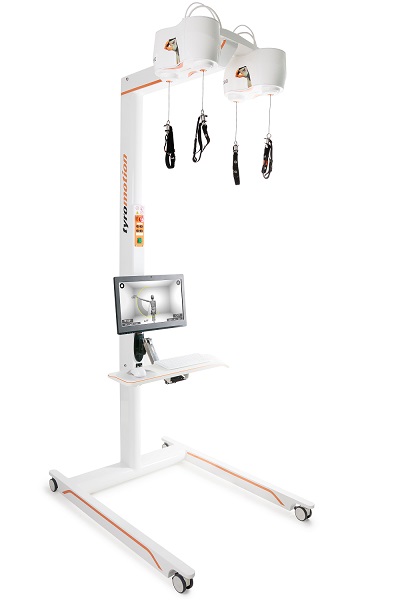 DiegoShoulder-Arm-Rehabiliation
DiegoShoulder-Arm-Rehabiliation
Diego is designed to strengthen what’s important. Whether proximal or distal training, Diego purposefully supports the rehabilitation of natural motion, allows the handling of everyday objects to be relearned, and is usable by adults and children alike.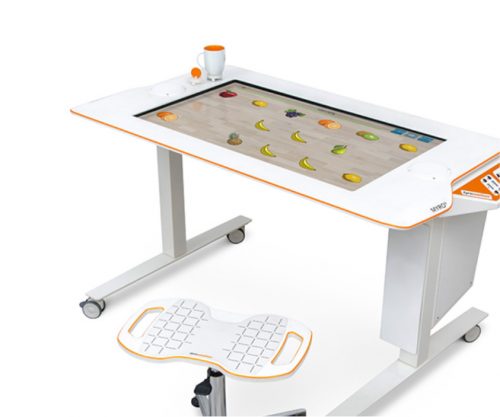 Myro Interactive and task-specific therapy
Myro Interactive and task-specific therapy
Myro is made for making humans get better! The sensor-based surface enables task-oriented rehabilitation with real objects, trains the patient’s cognitive abilities, and improves motor abilities of the upper extremity.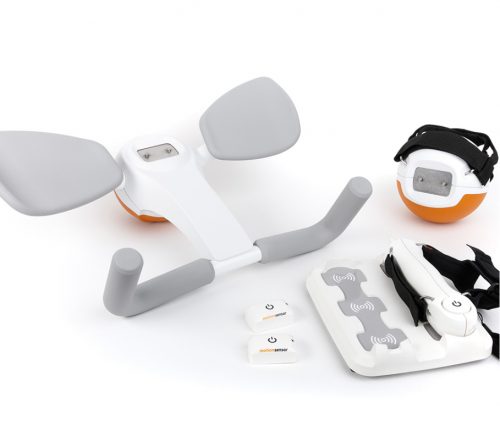 Pablo Upper Extremity Rehabilitation
Pablo Upper Extremity Rehabilitation
As a multifunctional rehabilitation device with comprehensive accessories, Pablo enhances classical therapy exercises with biofeedback, objective assessments, and gamification. It won´t train the next Picasso. But it will help patients to take back control of their lives.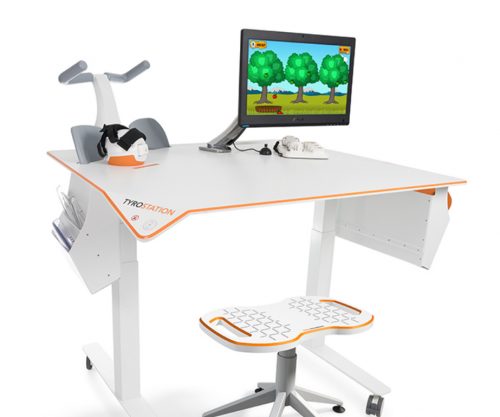 Tyrostation The perfect therapy setting
Tyrostation The perfect therapy setting
The Tyrostation is home to all components of Pablo and Tymo and provides ergonomic adaptability for patients. Sometimes, it´s about the little things in life – or therapy.
- Lower Extremity
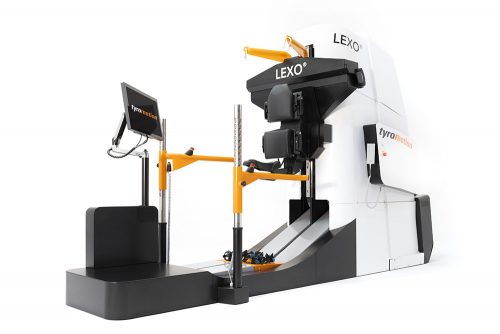 LexoGait and Locomotion
LexoGait and Locomotion
Lexo is a revolutionary gait trainer and impresses with fast setup, high patient activity and optimal trunk support. It encourages active participation and enables therapists to focus fully on their patients.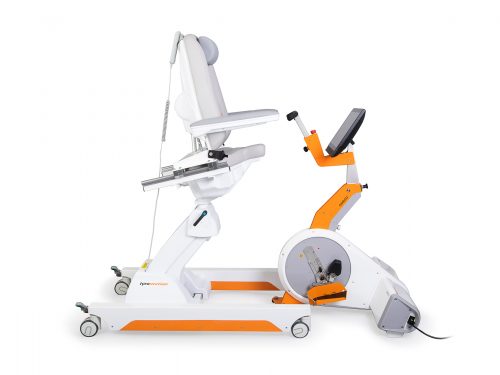 Omego Plus Gait training for the goals across all phases
Omego Plus Gait training for the goals across all phases
More than just a therapy bike! Omego Plus combines uni- and bilateral leg training, leg press, stepper, cycling & foot lift training in one device. Stride stronger with Omego Plus!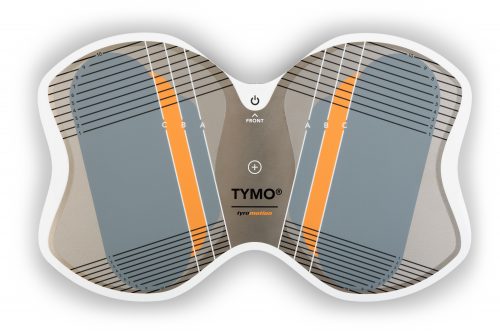 Tymo Balance training and postural control
Tymo Balance training and postural control
Small but powerful! Tymo is a versatile measurement and therapy system for the whole body. In addition to the standing position, Tymo offers a wide range of options for maximum variety during therapy.
- MTT-Line
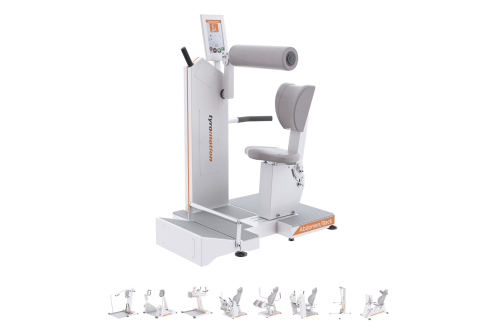 MTT-LineMedical training therapy
MTT-LineMedical training therapy
Get back in the game with the MTT-Line! The Medical Training Therapy devices are specifically designed to strengthen the six major muscle groups of the human body. Barrier free and maximum adjustability make the devices accessible for all types of patients.
- Software
 Maya Therapy Platform
Maya Therapy Platform
Maya reduces paperwork, standardizes documentation, and automates reporting, making administration effortless and efficient. Designed for therapists to work wonders!
- Upper Extremity
Health
Shoulder and hand pain after a stroke: Prevention of pain syndromes
31. January 2022 ● 5 min. Reading time
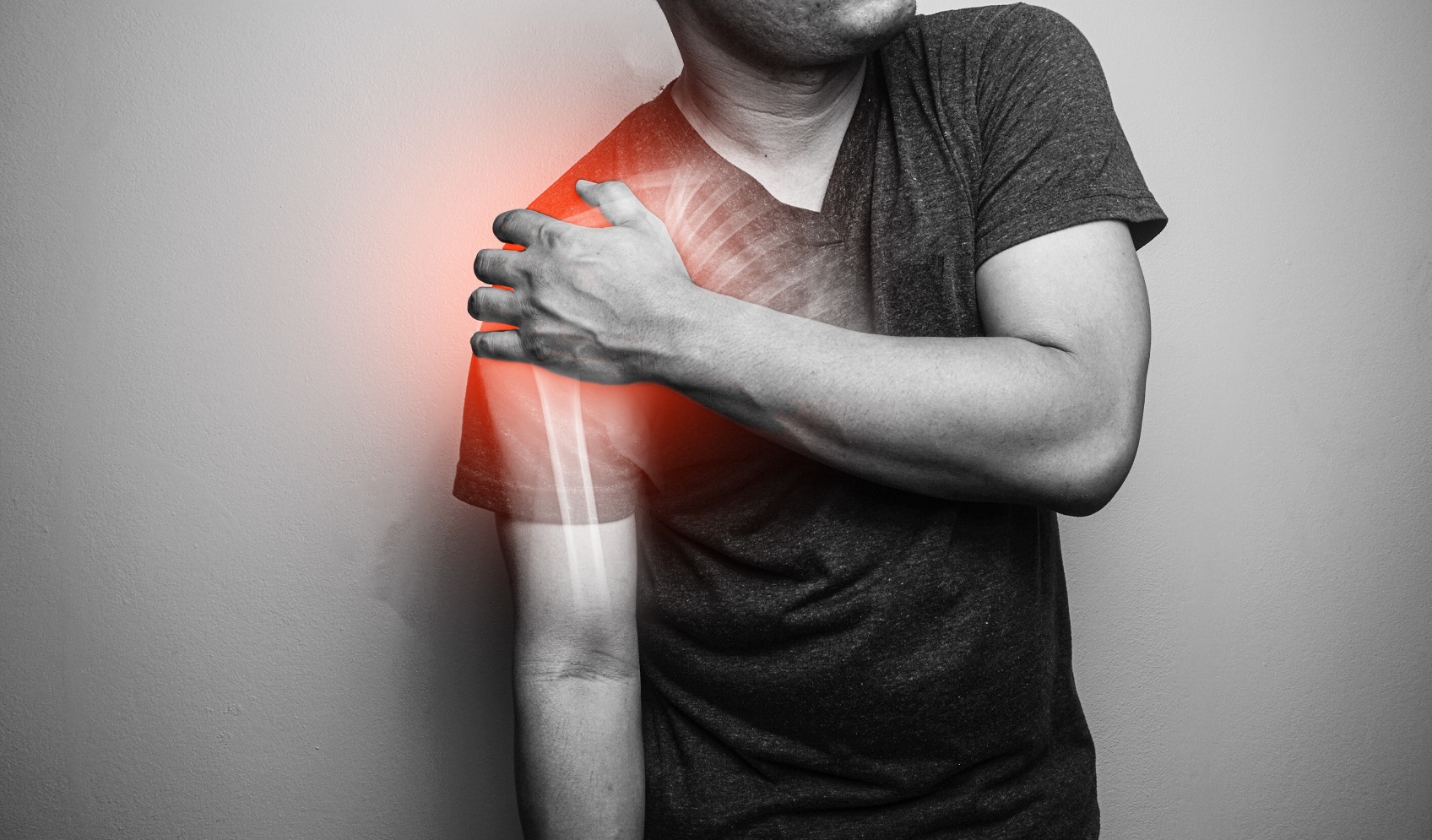
Pain syndromes in the hand or shoulder after a stroke
When pain symptoms begin, for example in the shoulder, the pain is usually localized to one area of the shoulder joint. If not addressed in a timely manner, it can become a severe, generalized pain.
The paralyzed hand is particularly at risk of developing permanent limitations in mobility due to pain symptoms. Here, the typical signs of inflammation such as swelling, redness and heat are initially evident. To prevent pain, the hand is moved even less and the limitation in mobility increases. A vicious cycle begins.
If pain is already occurring in the wrist or shoulder, affected patients should consult medical advice. Medications can help to disrupt the pain process.
How to prevent pain in the hand and shoulder after stroke
To prevent pain symptoms, correct positioning of the arm or hand affected by paralysis should be started as early as possible.
The correct positioning in the wheelchair:
- Even for short distances, use a wheelchair table or arm support upon which the affected arm or hand can be rested.
- Provide a soft support surface (e.g. a towel).
- Place the affected hand palm down on the table.
- Some individuals find that a rolled-up towel or soft stuffed animal in the affected hand to be comfortable. If the fist involuntarily closes tightly around the fabric, it might be better to choose another object or talk to your therapist about suitable support materials, like splints.
- Make sure to sit up straight. This ensures a physiological joint position in the shoulder joint.
- The affected hand should be positioned in the patient’s field of vision.
If you are a wheelchair user, avoid long periods of poor sitting posture as best as possible. Be cognizant of positions that put your shoulder at risk of becoming painful.
The correct positioning while lying:
Even when lying down, care must be taken to ensure that neither the hand nor arm is trapped.
- Stretch the arm at a 90-degree angle at the side of the body.
- The wrist should be elevated to approximately the same level as the heart to prevent blockages in the arm and ensure lymphatic return.
- A pad under the arm can be helpful.
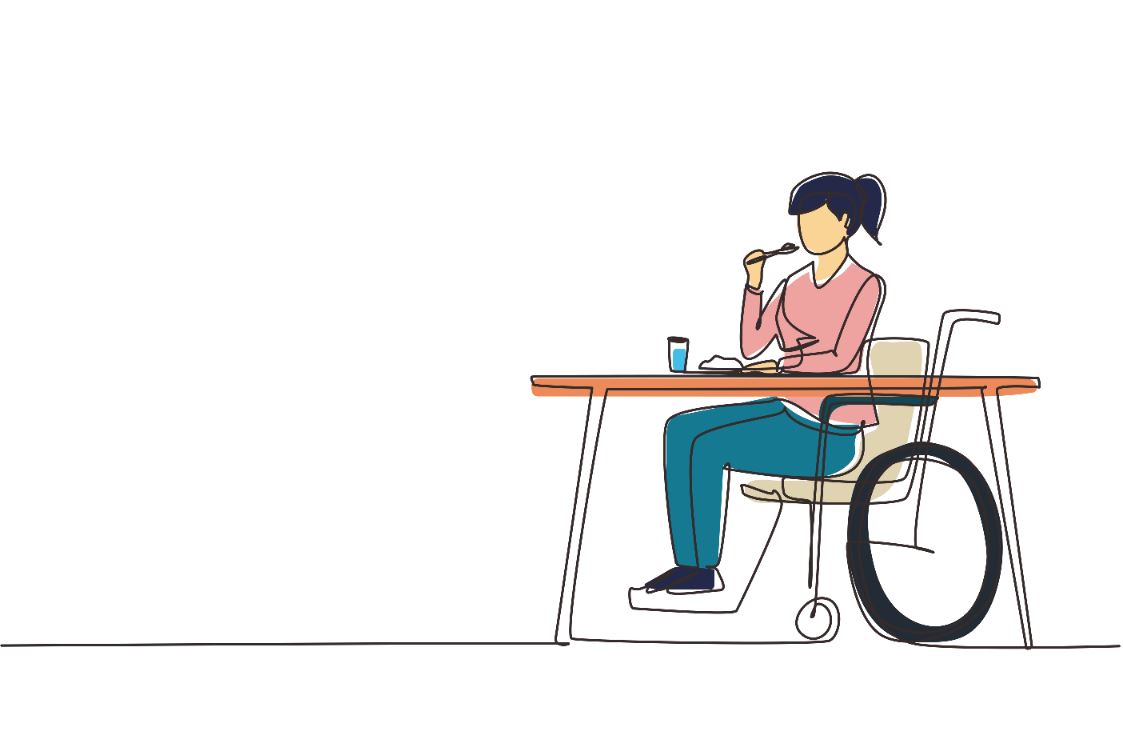
Splints and orthoses after stroke
Splints are particularly important in the early stages after a stroke. On the one hand, they enable safe positioning of the affected hand, and on the other, they can protect the wrist during active movements. Occupational therapists and orthopaedic technicians can make splints which are individually tailored to the patient’s needs.
Orthopedic specialty markets also offer ready-made splints in various sizes.
Exercises to prevent pain after stroke
Active or passive movement is an important factor in preventing pain in the upper limbs after a stroke. In occupational therapy or physical therapy, therapists assist patients with specific movements. In addition, the affected arm or hand should be moved carefully outside of therapy time.
Patients can try to move the affected hand themselves with their healthy hand:
- Move the fingers of your healthy hand and observe what movements the fingers can make.
- Hold the affected fingers in the healthy hand and try to guide them through the observed movements carefully and slowly.
- Move the fingers individually and then several together.
- Movements must only ever be made in the pain-free range of motion.
As soon as you can move the fingers of your affected hand yourself, try to actively perform movements in the pain-free range several times a day.
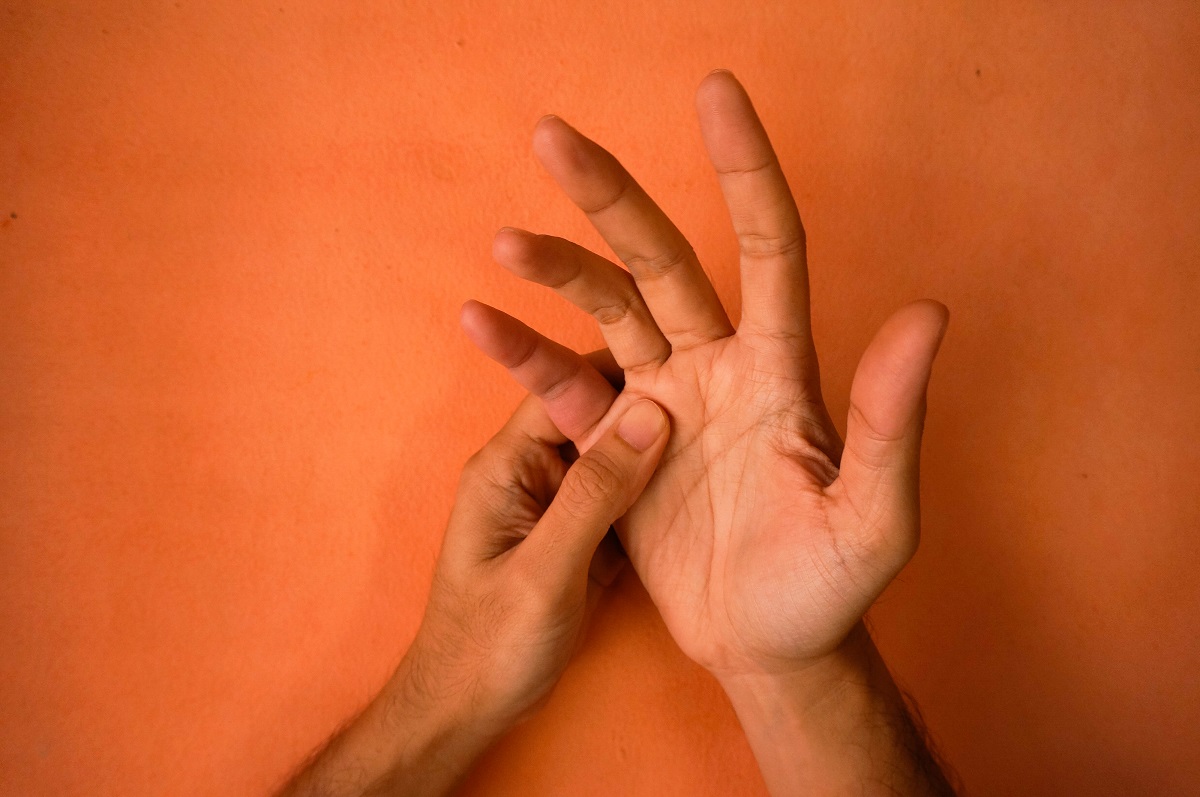
Even if the paralyzed hand is still weak and can’t grasp yet, regular active movements help to strengthen the muscle, improve coordination, and increase sensitivity. This prevents pain syndromes.
If a patient is unable to develop strength in his/her own fingers, therapists can train the caregiver to move his/her hand passively.
Particular care in the event of neglect
Preventive measures are more difficult when patients suffer from “neglect” as a result of a stroke. Patients with neglect ignore the affected half of the body or one half of the room. This increases the risk of injury.
If, for example, the patient sits on the neglected handtrapping it, the patient may perceive pain, but may not localize it or react to it. The hand can remain trapped for hours. This can lead to inflammation with severe swelling.
These patients in particular are dependent on support from relatives, caregivers, and therapists. Care must be taken to ensure that the positioning is closely monitored.
Neuropathic pain
Neuropathic pain is a nerve pain that occurs even without visible reason. The cause of this pain is associated with damage to the nerve tissue in certain parts of the brain or spinal cord. This pain is often described by patients as burning, stabbing, and shooting, but can also present as dull and pressing. It is usually excruciating pain.
If a diagnosis of neuropathic pain is made, medication is started early. Successful treatment requires interdisciplinary cooperation between doctors, therapists, and psychologists.
Injury-related pain in the upper limb after a stroke is not inevitable. Stroke patients, caregivers, and therapists should be particularly careful with the affected arm or hand in the initial period following the stroke.
Auhtor: Hannes Aftenberger
Sources:
Diagnostik und Therapie komplexer regionaler Schmerzsyndrome (CRPS) (2018)
Kumar, P. (2019). Hemiplegic shoulder pain in people with stroke: Present and the future. Pain Management, 9(2), 107–110. https://doi.org/10.2217/pmt-2018-0075
You might also be interested in
4. April 2023
Health
Rehabilitation
Stroke nutrition guidelines for optimal health
Nutrition as the key part in health and well-being of stroke survivors A healthy, balanced …
21. March 2023
Rehabilitation
Kinesio taping in neurology as a useful therapy supplement
The Kinesio tape and its usefulness in neurological therapy What was originally known only from …
7. March 2023
Rehabilitation
Exercises against freezing of gait in Parkinson’s disease
When the legs freeze – how does the symptom “Freezing of Gait” manifest itself? Parkinson’s …



 Contact
Contact 

 Contact
Contact 